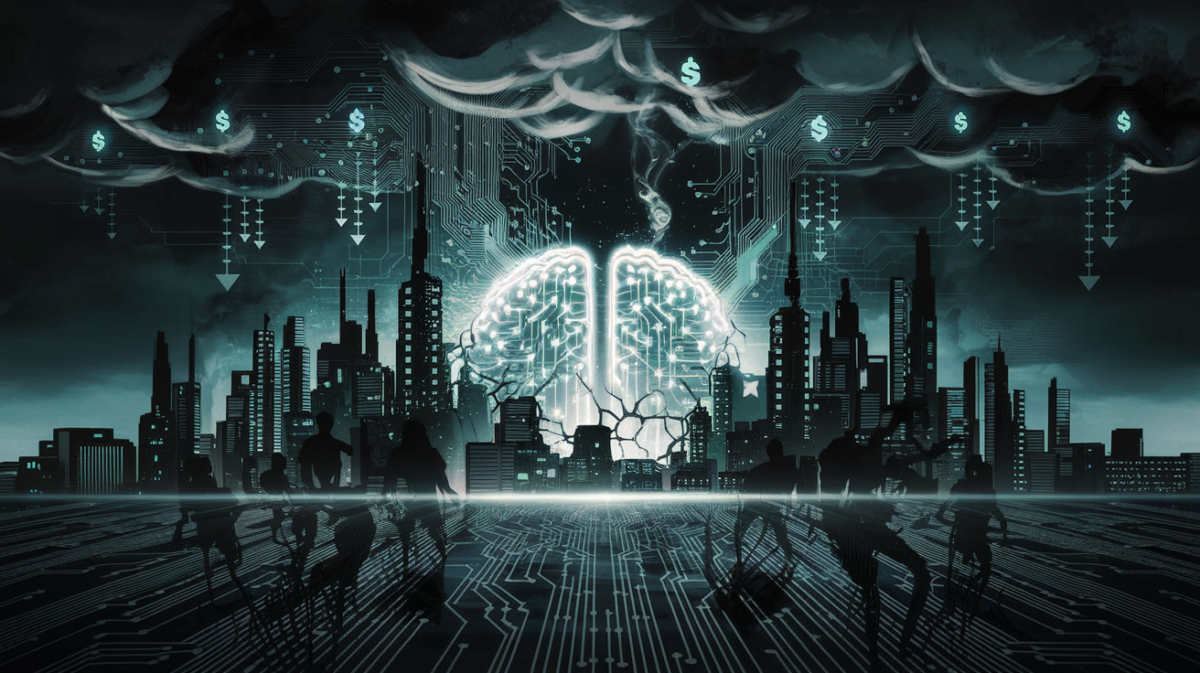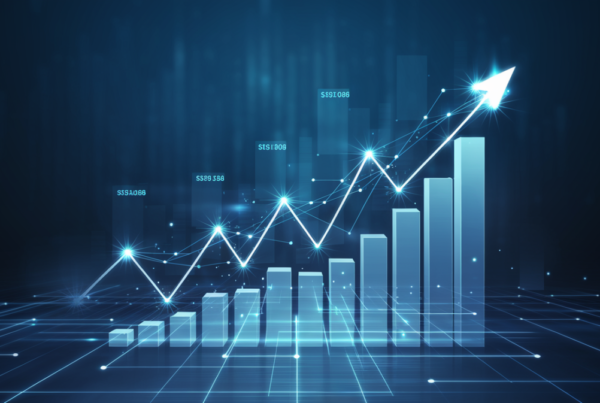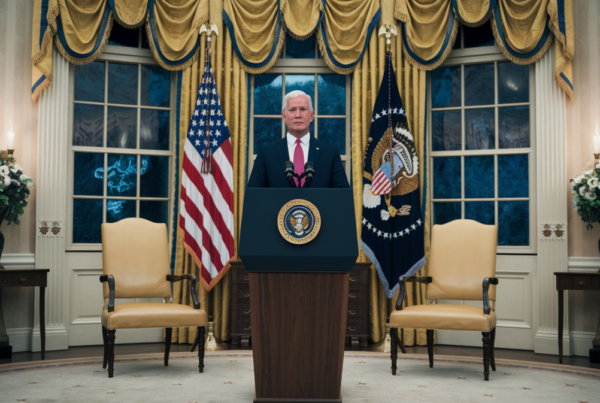The rapid expansion of artificial intelligence (AI) is reshaping industries, but beneath the surface lies a growing concern: the economic risks tied to massive investments in AI infrastructure. As tech giants pour billions into hardware and services, the financial landscape is shifting in ways that could ripple across the global economy.
The Heavy Cost of AI Infrastructure
Major technology companies, including Meta, Amazon, and Microsoft, are transitioning from “asset-light” to “asset-heavy” business models. This shift is driven by the need for advanced AI tools, such as graphics-processing units (GPUs), memory chips, and high-performance servers. While these investments promise long-term gains, they come at a steep price.
- Declining Free Cash Flow: Despite rising net incomes, companies are seeing their free cash flow shrink. For example, Meta reported a 22% drop in free cash flow, even as earnings grew by 36%.
- Uncertain Returns: The financial payoff from AI investments remains unclear. Analysts warn that revenue from AI-driven services may take years to materialize.
- Operational Challenges: Running AI models demands enormous computing power and energy, driving up operational costs.
Echoes of the Dot-Com Bubble
The current AI investment frenzy draws comparisons to the late 1990s dot-com boom, when excessive spending on internet infrastructure led to a market crash. While today’s tech giants are more established, the risks of overinvestment persist.
| Aspect | Dot-Com Boom | AI Boom |
|---|---|---|
| Investment Focus | Internet infrastructure | AI hardware and services |
| Market Players | Startups and new entrants | Established tech giants |
| Financial Stability | Fragile, speculative | Profitable but risky |
Broader Economic Implications
The AI boom isn’t just a tech story—it’s an economic one. Here’s how it could impact the wider economy:
- Interest Rates: As companies borrow to fund AI projects, demand for capital could push interest rates higher, affecting everything from mortgages to government debt.
- Labor Markets: AI-driven automation threatens jobs in sectors like customer service and manufacturing, raising concerns about unemployment and wage stagnation.
- Financial Markets: AI-powered trading systems could amplify market volatility, leading to sudden crashes or bubbles.
Public Concerns and Expert Warnings
From Reddit threads to expert panels, the conversation around AI’s economic risks is growing louder. Gita Gopinath of the IMF has cautioned that AI adoption could deepen future recessions by disrupting labor and financial markets. Meanwhile, analysts like Raoul Pal highlight the potential for AI to trigger disinflationary shocks, altering economic dynamics.
A Call for Balanced Investment
While AI holds transformative potential, the current spending spree demands caution. Companies must weigh short-term costs against long-term gains, and policymakers should prepare for the economic shifts ahead. The AI boom is here to stay, but its hidden risks cannot be ignored.
As the world races toward an AI-driven future, the question isn’t just about innovation—it’s about sustainability. The stakes are high, and the lessons of history are clear: unchecked enthusiasm can lead to costly mistakes.







